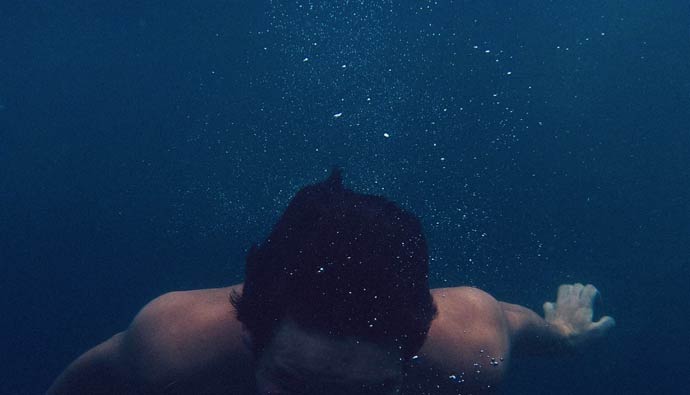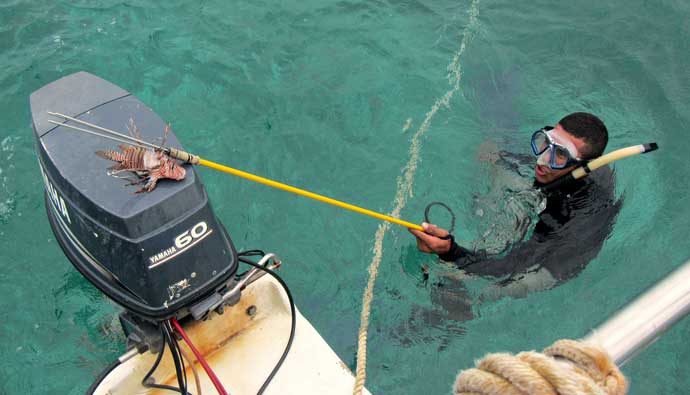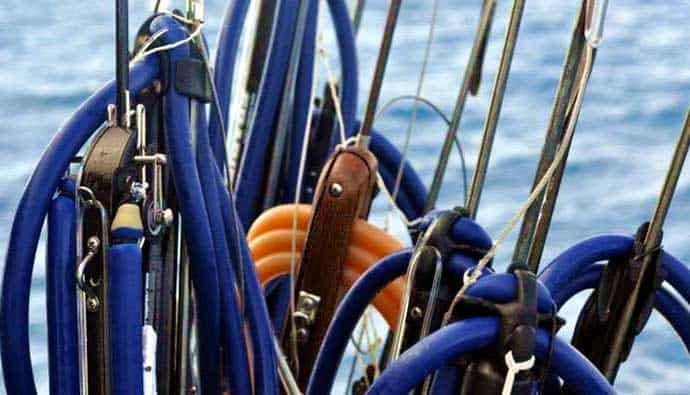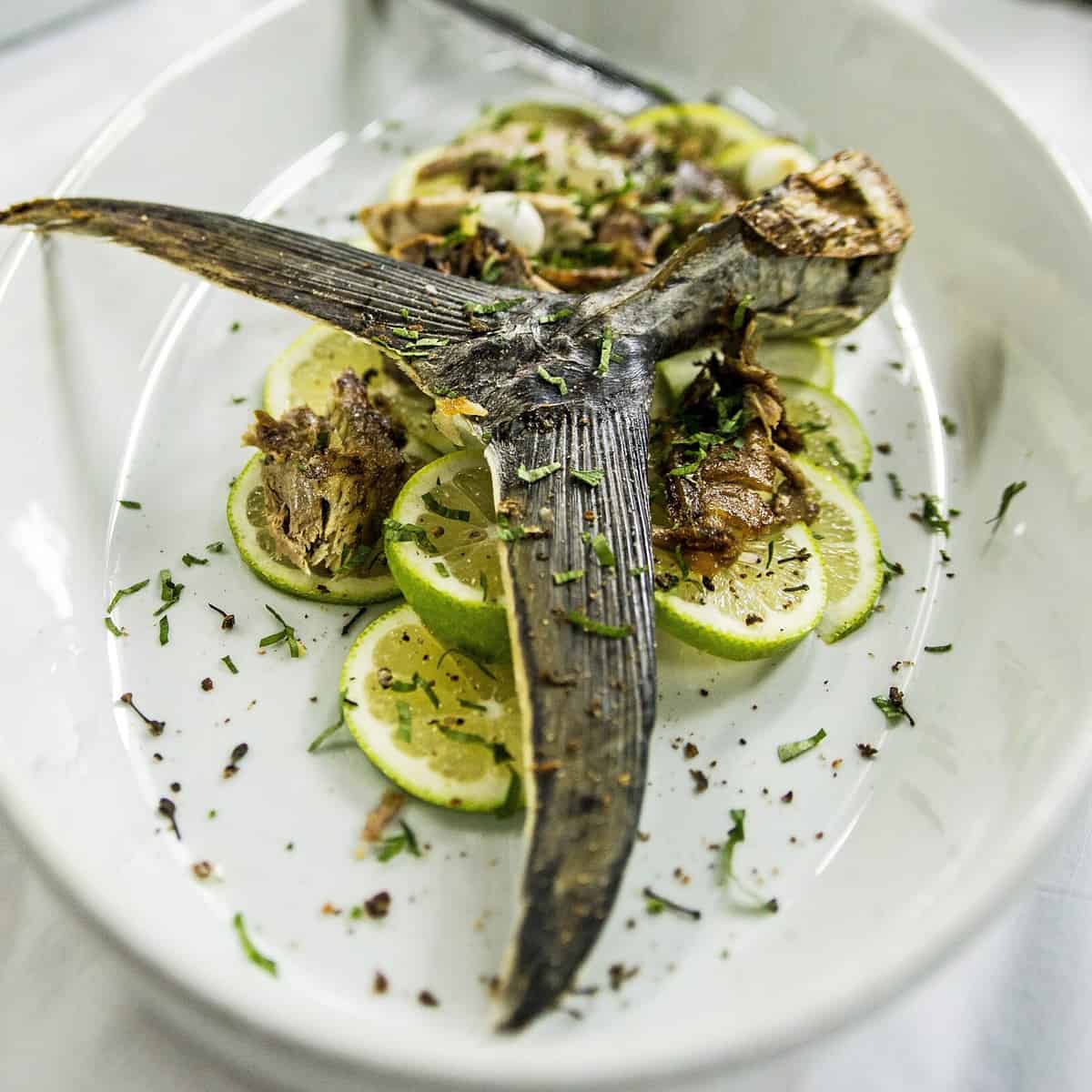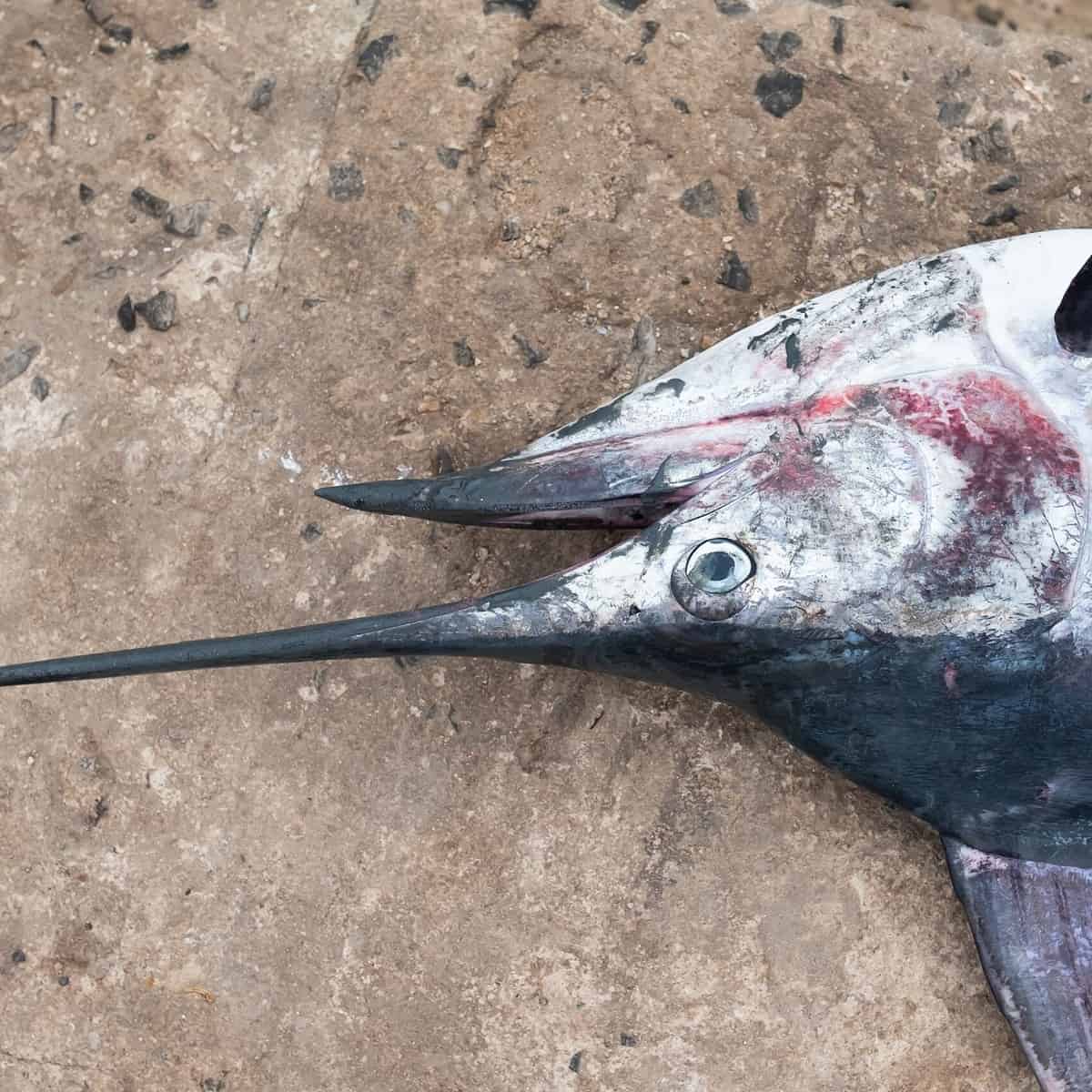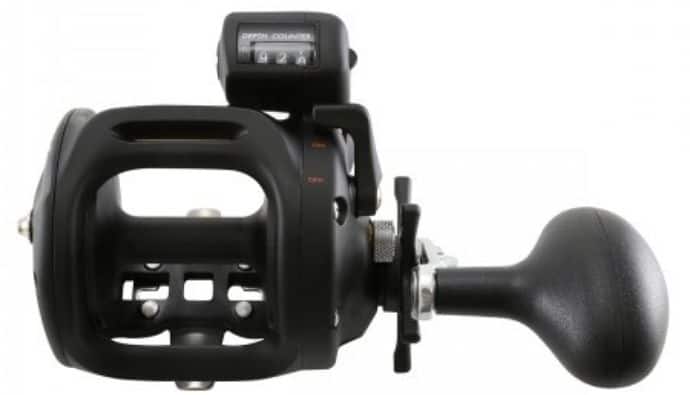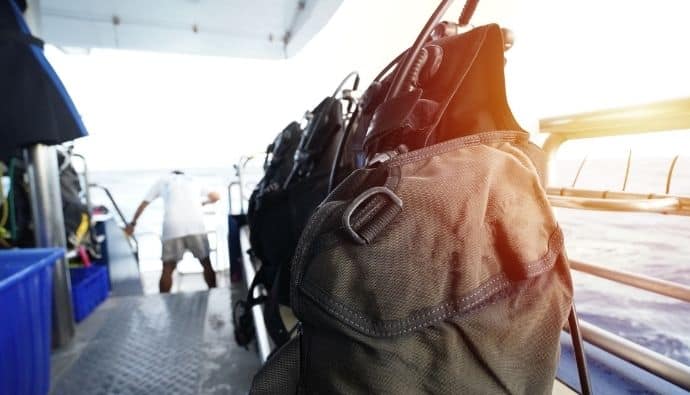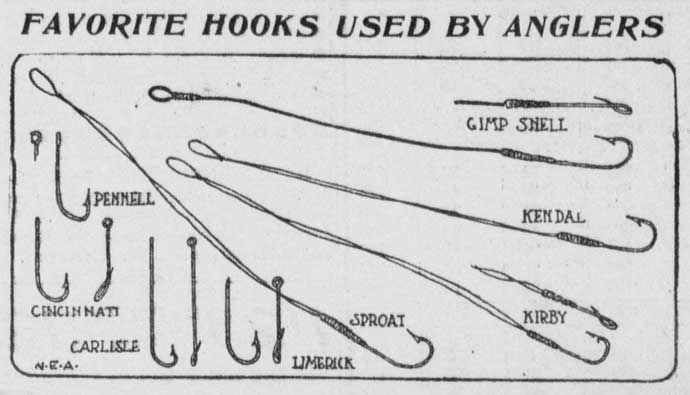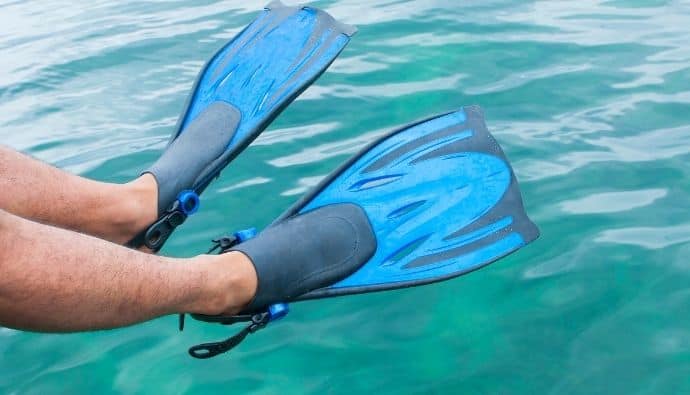Lobster diving is one of my favorite hobbies here in SoCal. It’s a fun and challenging experience, but it can also be frustrating, especially when you don’t have the right gear.
The most important thing to have is your lobster card, which you can get from Big five or any other sporting goods store.

After you get that, make sure you have a lobster gauge so you can release non-legal bugs. The rest of this article will go over the basic items you’ll need to catch lobsters by hand.
Below are the eight lobster diving gear essentials you’ll need to get started!
Listen to more diving tips on the Cast & Spear Podcast
8 Best Lobster Diving Gear Essentials for 2023
- Lobster Gauge
- Lobster Bag
- Lobster Diving Gloves
- Dive Flags and Buoys
- Lobster Diving Light
- Lobster Diving Fins
- Spearfishing Wetsuit
- Weight Belt
1. Lobster Gauge
One way to ensure a hassle-free lobster dive is to know the local fishing regulations. California Fish and Wildlife has set a size limit to your lobster catch. For your lobster to be legal, you need it to be at least three and ¼ inches long.
Fines are expensive. You won’t be able to get an accurate measurement with a ruler or other measuring device, so do yourself a favor and pick up a lobster gauge. A few bucks here will save you hundreds in fines.
2. Lobster Bag
Lobster bags are a touchy subject as of late due to their risks. Some guys love them around their waste; others think it’s a horrible idea.
I recommend keeping your bag on your float if possible. If you don’t have a float and you want to wear it on your waist, then make sure you don’t bring a speargun so you can focus on the task at hand.
Two styles are common, a catch bag that has a metal handle and a lobstering bag that goes around your waste. It’s up to you to decide which is best for your needs.
3. Lobster Diving Gloves
Spiny lobsters have formidable spines that can tear up your skin. You’ll want a set of puncture-resistant gloves.
Protect your hands with one of the best lobster diving gloves on the market. I tend only to wear Dyneema gloves without any insulation.
4. Dive Flags and Buoys
In any lobster diving environment, you should always know that your safety is your top priority when fishing in the light of day or night. When diving in an area with a boat or a few thereof, it is always safe to mark your dive area.
Other divers and boaters will know and be aware of your presence with a buoy or dive flags under the water. Or, if you have a boat, make sure to put your flag on a pole for other boaters around to have a good view of it and know you are in that area.
It is important always to remember that safety is a must, and no lobster is worth the price of your life. If you’re diving for a night, try to put some lights on your float and a glow stick on your snorkel.
5. Lobster Diving Light
Night diving requires light to hunt for lobsters. If you are under the water during the day to hunt for lobsters, you will most likely need a small light to help you see under rocks or in crevices.
When diving in California at night, the spiny lobster usually comes out of hiding, making them much easier to find.
Around 1000 lumens will work for most dives. Just make sure you have rechargeable batteries to cut down on waste.
I like to keep the flashlight band around my elbow to drop the light without it hitting the ground if I need two hands for something. They also make quick detach clips that are worth it.
6. Lobster Diving Fins
Fins help you get a good performance underwater when hunting for lobsters. It propels you forward faster than your bare feet. Plastic fins are more than adequate since you’ll dive close to the structure. I wouldn’t go expensive on lobster fins.
7. Spearfishing Wetsuit
While diving at night during lobster season, the water temperature drops quite a bit. A 5mm wetsuit should be the bare minimum you consider.
I’ve dove for years with a 3mm, and it does work. However, the loss of heat cuts down on your dive time and tires you out more. Don’t risk it, go thicker.
8. Weight Belt
You’ll need a weight belt to counter the buoyancy of the wetsuit. Just remember to not use too much that will cause you to sink. Check out our video on properly weighting yourself if you’re unsure.
Don’t forget to also get your weights in small increments to adjust easier.
Ways to Catch Lobster in SoCal
Hoop netting
If you want to know how to hoop net for some lobsters, check out our guide: How to Hoop Net for California Spiny Lobster.
Spearfishing and Freediving
Freediving for some California spiny is fun, but it isn’t as easy; check out our guide on How to Catch Pacific Lobster (California Spiny). Also, check out our list of best freediving fins to help you on your freediving trip.
Scuba Diving
If you have a tank and the right gear, you can use scuba equipment to catch some of the bigger bugs that most freedivers can’t get.
Lobster Regulations
Be sure to check the latest regulations before going after lobsters.
Insider Advice
Try not to shine your flashlight directly on the bug. Keep the edge of the beam on it, so you don’t spook it.
Try to pin the lobster down before closing your hands. A lot of times, your fingers will be too slow to get a firm grip before they use their tail to get away.
If you touch their antenna too early, they’ll bolt.






 Facebook
Facebook YouTube
YouTube